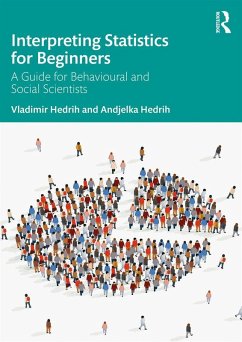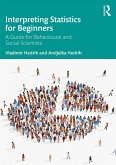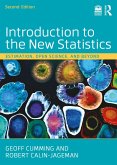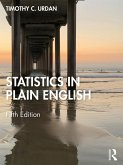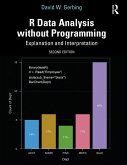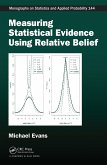Dieser Download kann aus rechtlichen Gründen nur mit Rechnungsadresse in A, B, BG, CY, CZ, D, DK, EW, E, FIN, F, GR, HR, H, IRL, I, LT, L, LR, M, NL, PL, P, R, S, SLO, SK ausgeliefert werden.
'Understanding statistics means being able to make grounded conclusions about the phenomena that surround us, and this book is a means to it. Starting from basic statistical concepts and ending in correlations and difference testing, this book is an excellent primer on essential statistical knowledge. Thanks to its clarity and practical examples included, this book is easy to read and understand, which makes it appealing for various readers. This book approaches main statistical concepts in an accessible and understandable way and is an extremely valuable reading for students, professionals, and researchers. I am sure that a wide audience will find this book as 'a must have' in their regular work.'

